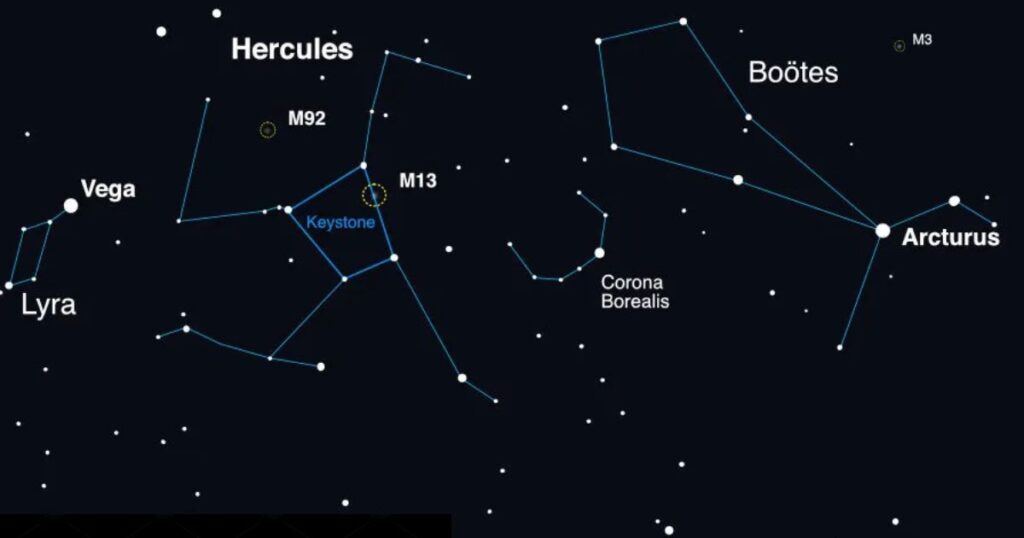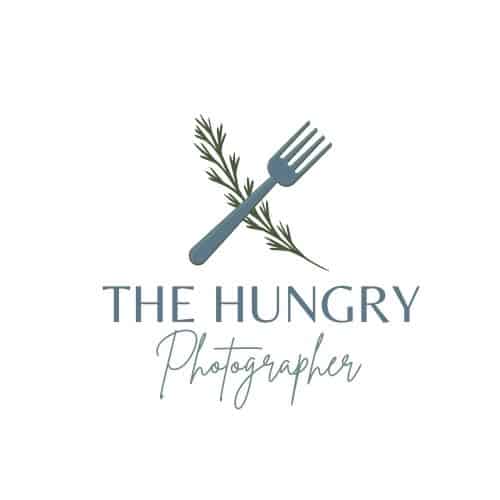Stargazers must be ready to see the upcoming spectacle. Astronomers are buzzing with excitement. It will be a once-in-a-lifetime event experience in the Corona Borealis constellation. This constellation is also known as the Northern Crown, in which a long-dead star is expected to reignite in an explosion.
Northern crown means the Corona Borealis constellation is about to experience a new explosion, known as a nova. A nova is a star that suddenly becomes very bright. This event is very special for stargazers because the last Nova explosion happened almost 80 years ago.
What is a Nova?
A nova is a massive explosion on the surface of a star. In fact, the Nova explosion occurs on the surface of the White Dwarf star. It happens when a white dwarf star, which is a very dense and small star, pulls material from a nearby star.
When enough material is built up by white dwarf stars, it causes a massive explosion. This explosion makes the star shine very brightly for a short time.
In the Corona Borealis constellation, there is a star system called T Coronae Borealis, or T CrB for short. This system has two stars. One star is a red giant, and the other one is a white dwarf star. White dwarf star pulling material from its own system red giant star. This process will soon cause a Nova explosion.
Daily News: NASA’s DART Collision Causes Birth of Man-Made Meteor Showers!
This event is important for many reasons. First, it’s a rare chance to see a new star in the sky. Second, it helps scientists learn more about how stars work. By studying this nova, astronomers can understand more about the life and death of stars.
When Will It Happen?
Nova explosions can happen at any time, so astronomers are not sure of the exact date. But they know they will happen soon. Astronomers are watching the Corona Borealis constellation very closely.
They use powerful telescopes to keep an eye on T CrB. When the explosion occurs, people will not need a telescope to see the explosion; they will be able to see it with their own eyes.
How to See It
To see this new star, you need to find the Corona Borealis constellation. This constellation is in the northern sky. It looks like a small, curved line of stars. The brightest star in this constellation is called Alphecca. Once you find Alphecca, look nearby for the new star.

When the nova happens, T CrB will become very bright. It will shine brighter than many other stars in the sky. This brightness will last for a few days or weeks. After that, the star will slowly fade back to its normal brightness.
Daily News: Highest Resolution Image of Black Hole Captured Using Earth-Sized Telescope!
Astronomers are excited because this nova will help them learn more about stars. They will use different types of telescopes to study the explosion. Some telescopes will look at the light from the nova. Others will look at the gamma rays, which are very high-energy rays that come from the explosion.
Why the Corona Borealis Constellation?
The Corona Borealis constellation is special because it has many interesting stars, including T CrB. People have known about this constellation since ancient times. Its name means “Northern Crown” in Latin. Because of its unique shape, it is easy to find in the sky.
After the nova, astronomers will continue to study T CrB. They want to understand what happens after the explosion. This will help them learn more about the life cycle of stars. They will also look for other stars that might have similar explosions in the future.
This event is a rare treat for everyone. Whether you are an astronomer or just someone who loves looking at the night sky, this is something you don’t want to miss. Keep an eye on the Corona Borealis constellation, and get ready for a spectacular show!





